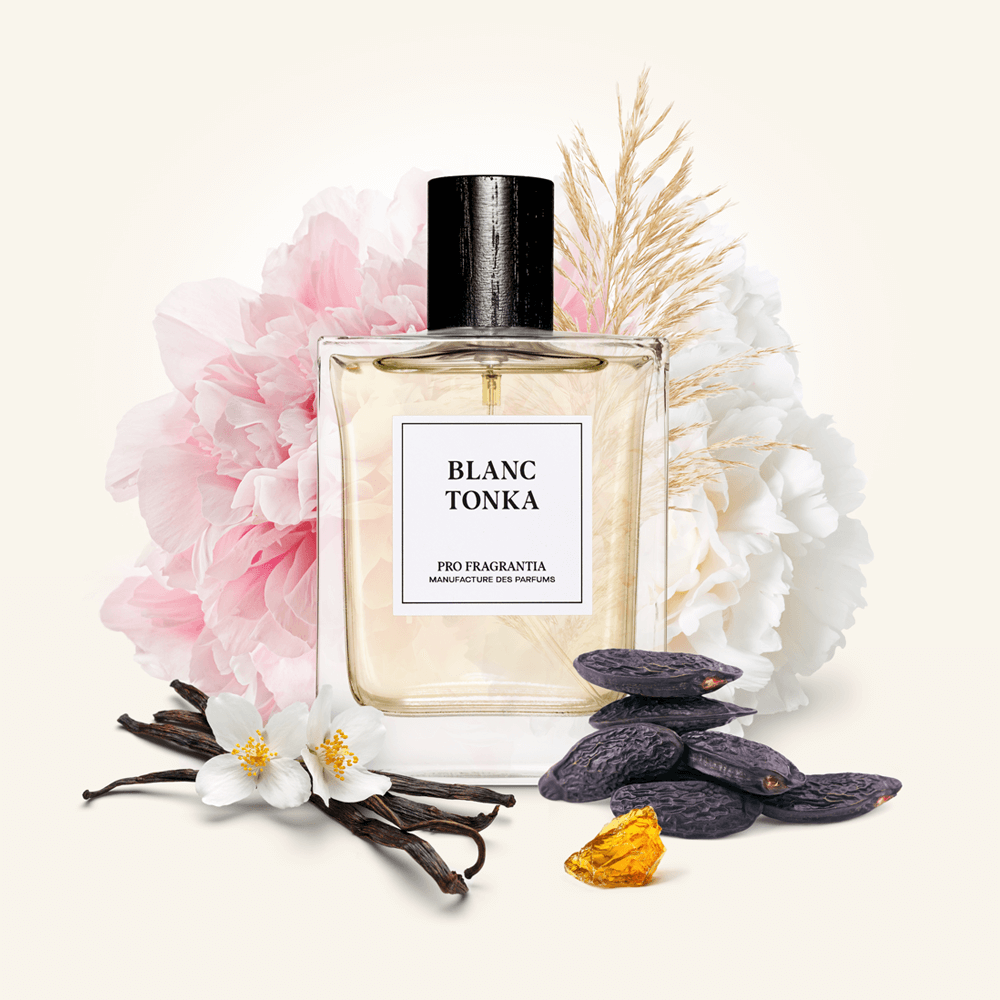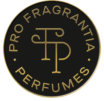The sillage of a perfume is the trail a perfume leaves behind. Like a ship that leaves waves behind or airplanes that paint a line into the sky, a perfume leaves an invisible track in the air that can be smelled. In the world of perfumery, the fragrance discussion goes beyond the mere scent that caresses the senses; it extends to the interesting trail it leaves behind. This lingering of the sillage is the olfactory footprint that accompanies the wearer as they move by. Sillage, a French word derived from the verb “siller,” meaning “to trail,” is a wonderful metaphor and an important measure in luxury perfumery.

Sillage is not only the intensity of a perfume, it is also the ability to project and envelop the surrounding environment. Molecules can diffuse differently through the air, some are very fast and successful and easily detected by our nose, while other don’t like to move that much or cannot be detected as well in their concentration by our nose as others. Achieving the perfect sillage is a goal for some perfumers. To understand how sillage is achieved, one must have experience in perfumery and chemistry.
The concentration of perfume is a crucial factor for a good sillage. Perfumes are typically categorized into different concentrations, such as parfum (the most concentrated), eau de parfum, eau de toilette, and eau de cologne (the least concentrated). Higher concentrations contain a higher percentage of fragrance oils, allowing for a more pronounced and longer-lasting sillage. The perfume pyramid also defines whether a perfume can be considered an eau de parfum, eau de toilette or a cologne.
The volatility of the molecules affects how quickly they evaporate from the skin. Top notes provide the initial burst of scent but dissipate rapidly, while middle and base notes linger longer. Top notes diffuse very good through the air and give a great sillage. Base notes on the other hand perform not as good, but there are some base note substances that are exceptionally great sillage molecules, such as moss notes (evernyl), tonka bean (coumarin) or calone.
The method of application also plays a role in how a perfume projects and leaves its sillage. Applying perfume to pulse points—areas where the blood vessels are closest to the skin’s surface, such as the wrists or the neck, help volatilize the scent as the body temperature is slightly higher. Interestingly, the wearer’s unique body chemistry interacts with the perfume’s composition, yielding a distinct scent and sillage performance. Thus, to some extent the body chemistry can render the sillage a personal thing.
